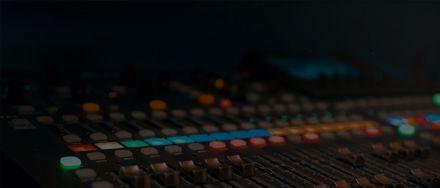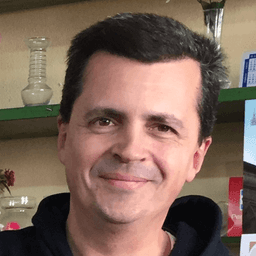AUDIO SOFTWARE DEVELOPMENT
“This project was unique in that it not only required coding software, but pioneering unique solutions for the hardware devices, as well.”
Written by Luis Paradela|Posted on July 16, 2020

THE CHALLENGE
AccelOne was tasked with the development of a custom audio software application that enables the virtual configuration of high-end audio equipment from both web and mobile devices, including:
- A desktop application that connects via USB to target hardware equipment
- Custom firmware for audio equipment
- A Bluetooth-enabled mobile application for wireless control of hardware equipment
THE OUTCOME
The Bluetooth-based mobile application was the first of its kind on the market. The overall product has not only been a success for the client, but a breakthrough for the industry.
Our client is an award-winning industry leader in the development of sophisticated consumer audio equipment technology. As a part of developing a new line of audio products, the client wanted to incorporate a unique dashboard-based, cross-platform application, which would allow virtual device configuration from a desktop computer and mobile device. This dashboard, which is the first of it’s kind, would work exclusively with their product line and have an added capability of wireless configuration via Bluetooth technology.
In order to make this vision a reality, AccelOne was hired to provide remote staff augmentation resources in the highly specialized areas of electrical and software engineering. Our resources would be assigned to exclusively build the software platform as well as perform as an integrated member of the client’s existing electrical engineering team.
THE EXECUTION
Using the Agile framework, we broke this project down into two phases, each with three iterations: 1) design, 2) development, and 3) user acceptance testing (UAT). Phase 1 would result in the final completed desktop application for Windows, and Phase 2 would result in the mobile application for iOS and Android, based in Unity.
We configured a team of two senior-level developers to work on this project, which included a Senior Audio Engineer & Software Developer and a Senior Unity 3D Developer.
With the team in place, we exposed all of the hardware parameters for each of the devices in order to understand their nuances. Then we gathered all user stories and requirements from the project stakeholders and researched other similar applications to find proven concepts and technologies to apply to this project in order to maximize our efficiency and minimize the budget.
The first phase of the application, which was completed in three months, was built under C# .NET to run on Windows OS and connect to the target hardware, such as an amplifier, via a USB cable. The communication between the hardware, which contains a powerful 32-bit microcontroller from Texas Instruments, and the Windows application, was accomplished by creating a custom piece of firmware from scratch using C language. Once completed, the entire application system allowed for the configuration of the controller from the Windows application, which was created from a UX-first approach and easy for the user to adopt.
Once the initial phase was delivered, tested, and accepted, the second phase of the project was initiated. This phase of the project was also written with C# language but using a different platform: Unity 5.0. This framework allowed us to quickly and easily build software that runs on the most popular environments, such as Apple’s iOS, Windows, Mac OSX, Linux, Android, etc. This portion of the project involved developing a very unique, groundbreaking feature in the consumer audio market — enabling Bluetooth communication to an amplifier. We decided to use this method after several discussions with the client about the best protocol to communicate the amplifier using a mobile device and discovering that the best method would be Bluetooth. However, no such solution currently exists in the market. So, we accepted the challenge of selecting the optimal Bluetooth LE (low energy) hardware for this purpose, and writing the code from scratch, for both the mobile application and the amplifier itself.
THE RESULTS
The greatest challenge that our team faced on this project was creating a sleek, simple, user-friendly application that could manage the highly complex and sophisticated logics that would be transmitted to and from the client’s devices. Additionally, the information had to be communicated through USB and wirelessly via Bluetooth and stored in the device’s memory.
The delivery of both phases of the application was successful, as they were completed on-time, within budget, and accomplished all of the performance requirements.
The application is now available on the market with the customer’s current product line using a USB wire connection. The additional Bluetooth features will soon be released in early 2017.
The ability for users to virtually configure their devices has made a very positive impact on the business for the client, giving them a clear competitive edge in their market, making this project a positive return on investment for their company.
Finally, the highly anticipated release of the Bluetooth functionality to the consumer audio market will solidify this project’s success not just for our client, but for the industry.

Luis Paradela
Chief Development Officer
Co-Founder
Buenos Aires
View profile